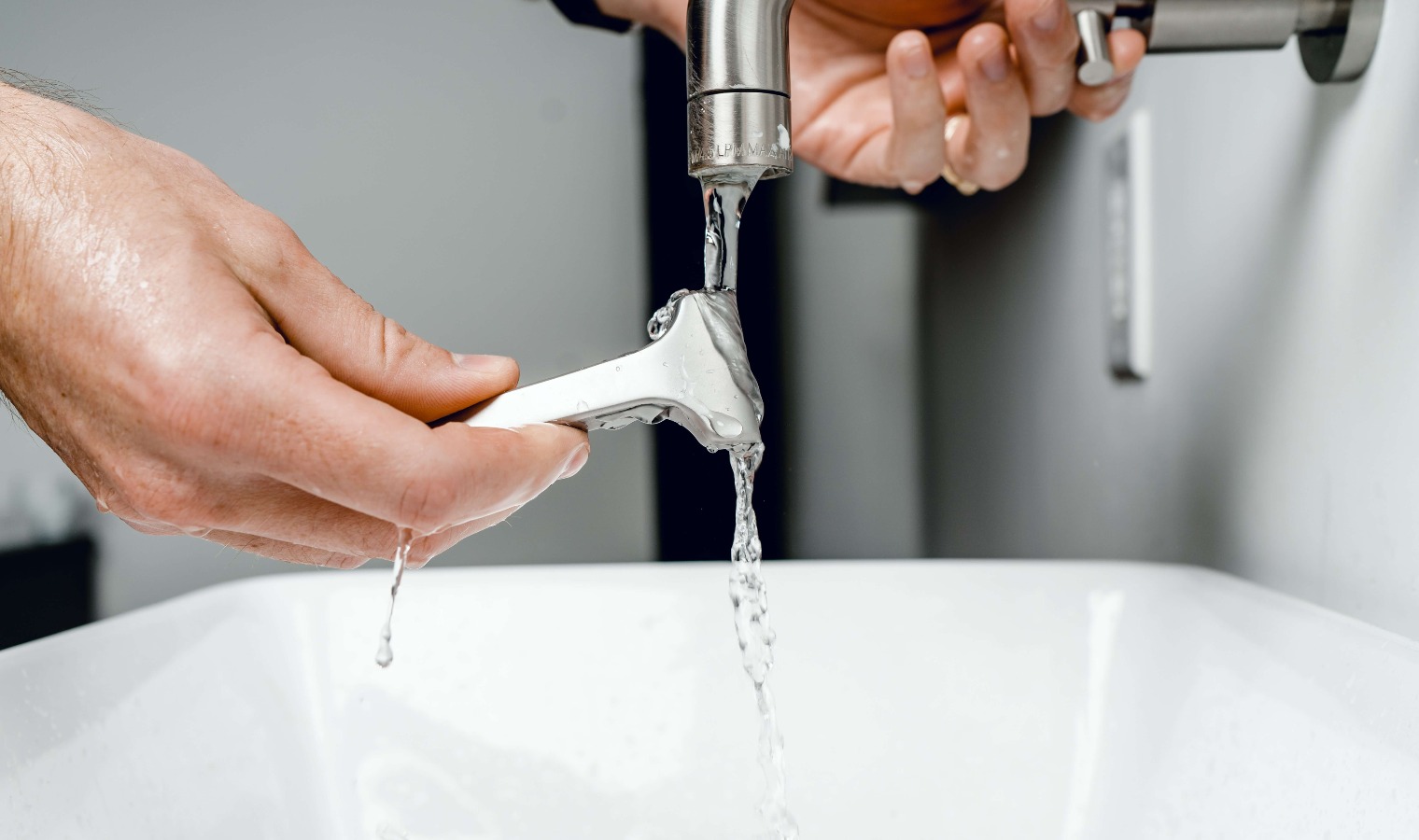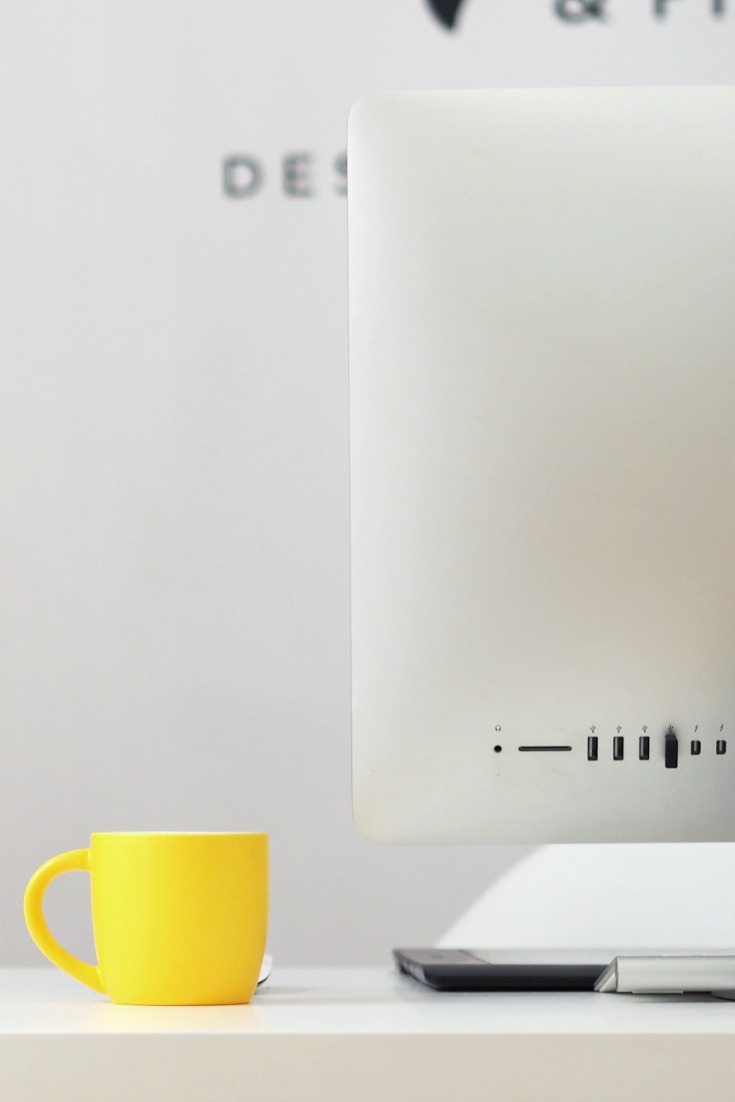I remember flipping through a book about products and inventions that changed the world. I was amazed to see the evolution from well made, long lasting and repairable products to modern day disposables that are destined for the landfill. Products that become obsolescent in a few years while others end up in the trash after only a matter of minutes. Consider that every product that is produced uses resources, energy, and creates waste every step of the way. Most of a products impact is determined in the design phase. Moreover, disposable products and and our throwaway system are a major contributor to our environmental crisis. Sustainable design is very important and can help fix our broken system.
The system encourages us to keep coming back and buy things over and over again. Have you noticed the trend that even large items, for example: laundry machines, that are cheaper to replace than fix? Toss out the old ones an buy new ones. There was a time when these machines lasted over 30 years then were repairable. Ask your local repairperson, if there are any left in your region, and they will generally recommend you buy new after 8 to 10 years. Throw away the old ones and buy new ones! Other products are made to be disposable from the get go. Use them once and toss them in the trash without even a thought. Built in, or planned obsolescence are the names for this concept. In other words, products are designed to fail in a short or predetermined period of time. In the end, this keeps you buying more and more stuff and creating more and more waste.
It’s time to rethink and consider all the impacts of a product from concept to the end of it’s useful life. First Nations have gone as far as saying that the impact for 7 generations should be considered when making decisions. Waste is a design flaw. Luckily, many people are opening there eyes to the current situation and are making a change for the better. Designers are making better products that last longer and create less waste.
Where to start, what should designers do?
A good place to start is Dieter Rams 10 principles for good design. Dieter Rams, from Germany, is one of the world’s most influential industrial designers. His method is a good litmus test for any product being designed and produced. In other words, his 10 principles should be considered at the very beginning of a design process.

Dieter Rams 10 principles for good design
1
Good design is innovative
The possibilities for innovation are not, by any means, exhausted. Technological development is always offering new opportunities for innovative design. But innovative design always develops in tandem with innovative technology, and can never be an end in itself.
2
Good design makes a product useful
A product is bought to be used. It has to satisfy certain criteria, not only functional, but also psychological and aesthetic. Good design emphasises the usefulness of a product whilst disregarding anything that could possibly detract from it.
3
Good design is aesthetic
The aesthetic quality of a product is integral to its usefulness because products we use every day affect our person and our well-being. But only well-executed objects can be beautiful.
4
Good design makes a product understandable
It clarifies the products structure. Better still, it can make the product talk. At best, it is self-explanatory.
5
Good design is unobtrusive
Products fulfilling a purpose are like tools. They are neither decorative objects nor works of art. Their design should therefore be both neutral and restrained, to leave room for the users self-expression.
6
Good design is honest
It does not make a product more innovative, powerful or valuable than it really is. It does not attempt to manipulate the consumer with promises that cannot be kept.
7
Good design is long-lasting
It avoids being fashionable and therefore never appears antiquated. Unlike fashionable design, it lasts many years – even in todays throwaway society.
8
Good design is thorough down to the last detail
Nothing must be arbitrary or left to chance. Care and accuracy in the design process show respect towards the consumer.
9
Good design is environmentally friendly
Design makes an important contribution to the preservation of the environment. It conserves resources and minimizes physical and visual pollution throughout the lifecycle of the product.
10
Good design is as little design as possible
Less, but better – because it concentrates on the essential aspects, and the products are not burdened with non-essentials. Back to purity, back to simplicity.
Less, but better can summarize all his principles. Even Leonardo Da Vinci was quoted “Simplicity is the ultimate sophistication”
Next, keep improving with Sustainable Design
Sustainable design is a framework that is environmentally friendly and considers nature in every step of the design process. The pillars of sustainability are human, social, environmental and economic.

Sustainable Design Principles
1
Renewable or low-impact materials
First, materials should come from nearby (local or bioregional), sustainably managed renewable sources that can be composted when their usefulness has been exhausted.
Second best, non-toxic, sustainably produced or recycled materials which require little energy to process.
2
Energy efficiency
use manufacturing processes and produce products which require less energy.
3
Targeted durability
Long lasting products are the goal.
4
Design for reuse
Products, processes, and systems should be designed for reuse and recycling at end of life.
5
Emotionally durable design
reducing consumption and waste of resources by increasing the durability of relationships between people and products, through design.
6
Measured design impact
The footprint and life-cycle should measured every step of the design process and fit in sustainable design standards.
Remember, sustainable design must be environmentally friendly and consider nature every step of the way
Finally, revisit existing design or innovate a proven concept

Rethink
Many products that already exist are much more environmentally friendly and sustainable then their disposable alternatives. For example the cast iron frying pan. It last for multiple generations, has no scratch-able coating and can be recycled at end of life. Designers have revisited this age old product and have made it better. They have kept its durability and environmentally friendly properties, but have improved its surface making it even more non-stick and low maintenance. Form and aesthetics are also part of modern redesigns.
A second example is the classic safety razor or injector razor. These razors have recyclable blades and a much smaller footprint than disposables or the common disposable cartridge razors. More and more innovative razors are being created using the older but more sustainable style of blades.
Rethink existing products that are already much more sustainable
These design magazines offer more on the subject: Azure, Wallpaper, Dwell, Design Milk, Dezeen… I am sure that I have missed many good ones on the list. Please let me know in the comment section. The point of this blog is not to promote consumption. It’s about consuming less but better. Replace the disposable items in your life when it’s time with long lasting, environmentally friendly quality products.
In conclusion, design better and consider the impact to the environment every step of the way
Thanks for reading, subscribe below for regular updates. Please share on your socials.
Pat
Pat is a Ski Patroller/Avalanche Technician with a keen interest in design and sustainable living due to a longtime passion for the outdoors. Seeing glaciers melt, seasons change, summer skies full of smoke and beach pollution first hand, motivate him to make a difference.
As Yvon Chouinard Founder of Patagonia says “If you are not part of the solution, you are still part of the problem”.


Thanks for your blog, nice to read. Do not stop.
Hi Mark, Thanks for your support, I truly appreciate it, Pat.